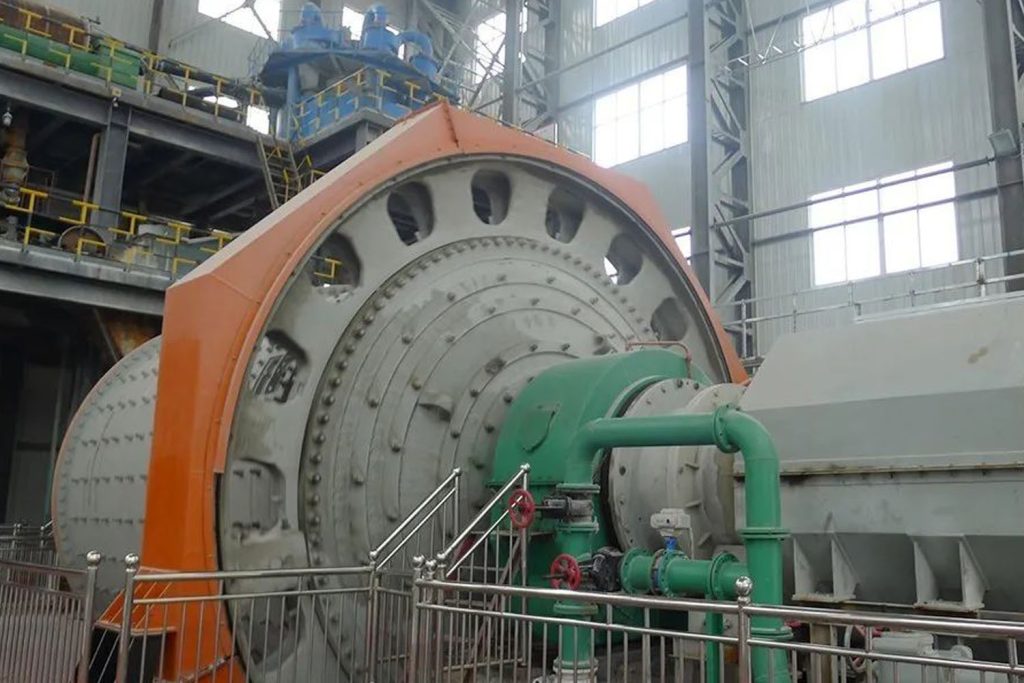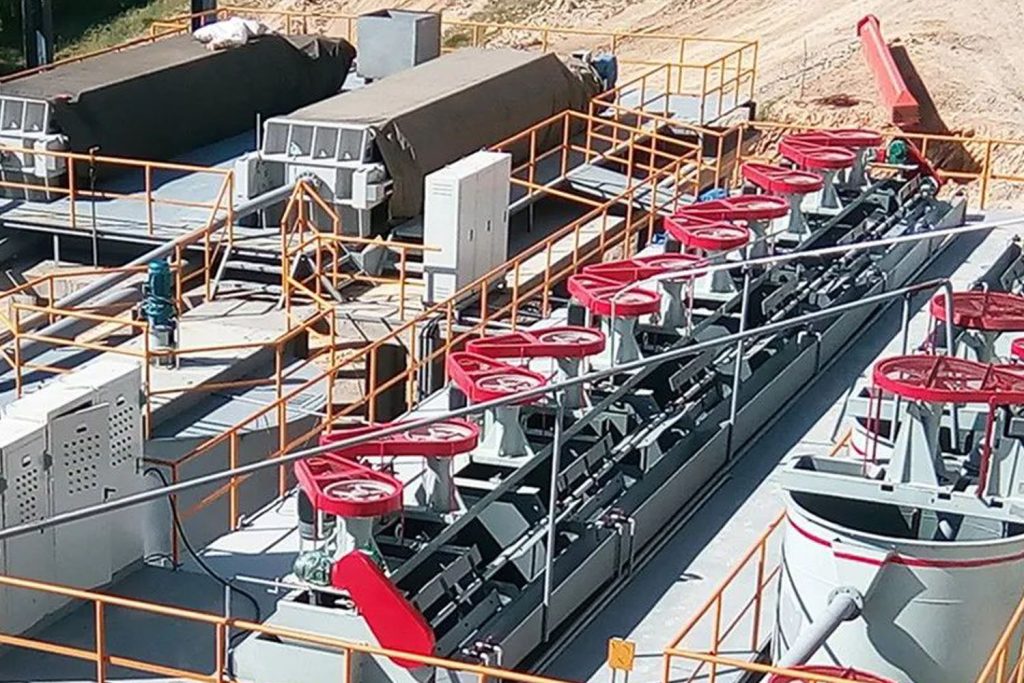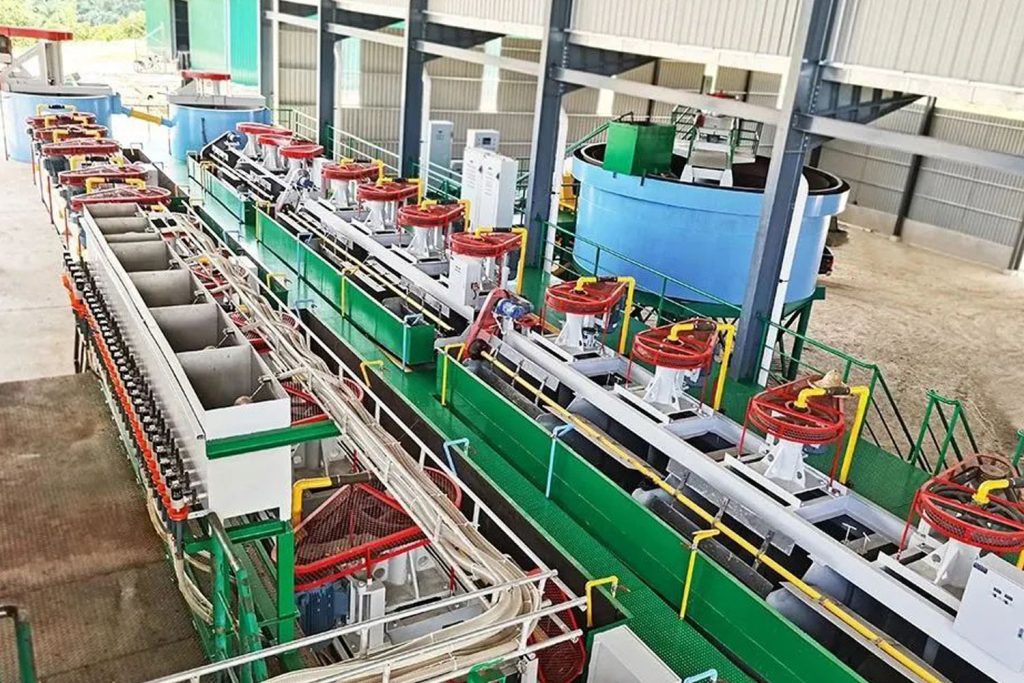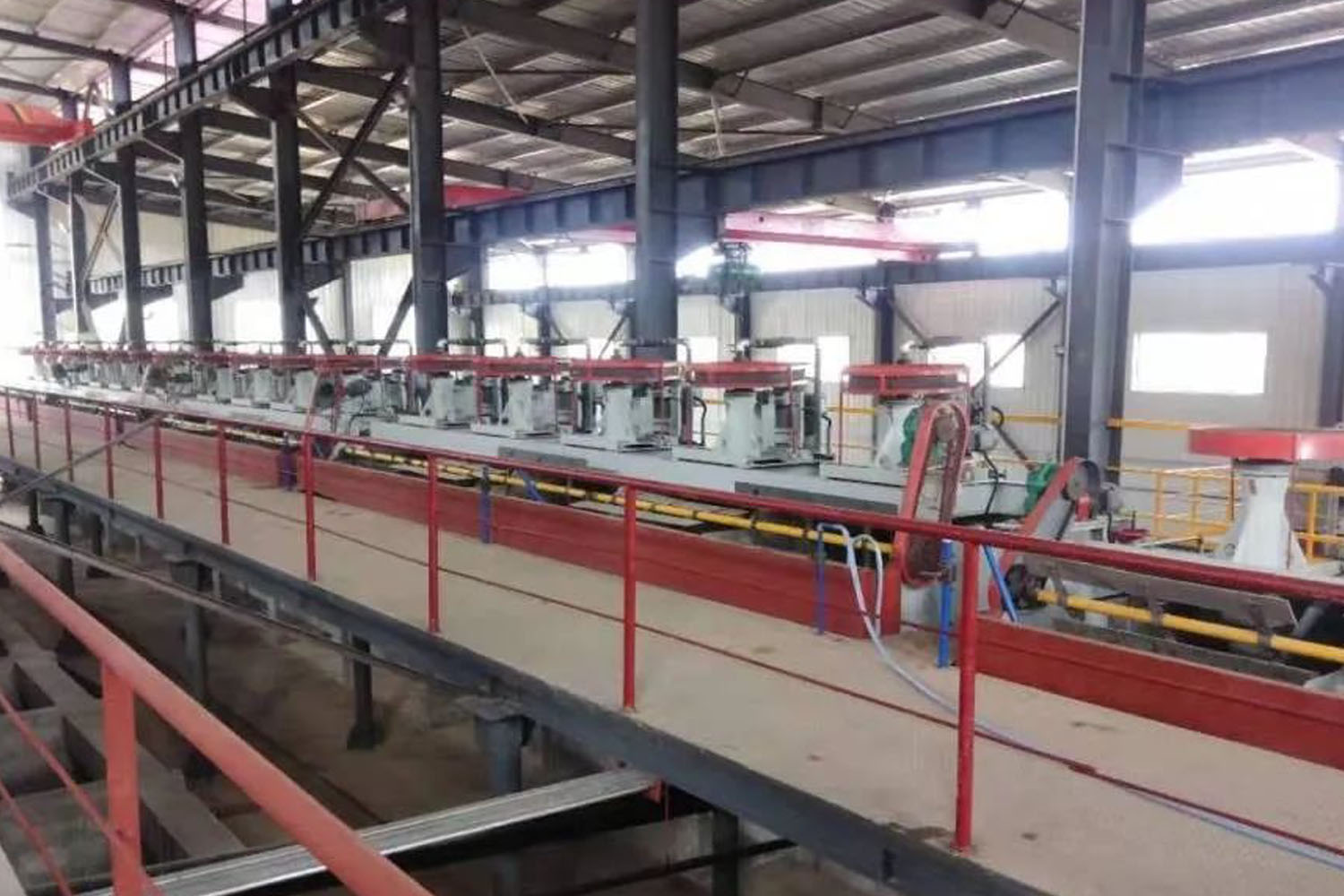Altered rock type gold deposits (also known as hydrothermal alteration type gold deposits) refer to gold-bearing deposits formed by underground hydrothermal alteration. This type of gold deposit mainly occurs in the metamorphic rock belt near the structurally active zone. The underground hydrothermal fluid will rise with high temperature and high pressure mineralized fluid, and react with the surrounding rocks, causing the rocks to be altered and mineralized. Gold, silver and other metal elements in the fluid will then precipitate to form gold deposits.
Altered rock type gold deposits are usually closely related to sandstone, shale and other sedimentary rocks, and are one of the important types of gold deposits. The mineral composition of altered rock type gold ore is very complex, including pyrite, magnetite, galena, galena, chalcopyrite, chalcopyrite, chlorite, dolomite and other minerals. In this kind of gold ore, the embedded distribution of gold is not uniform in particle size, and there is a certain amount of coarse-grained gold. When sorting, the particle size range is wide, and flotation, gravity separation-flotation, flotation-concentrate cyanidation, etc. are often used. process is processed.

Six Key Points of Mineral Processing of Altered Rock Type Gold ore
Analyzing the ore minerals of altered rock type gold mines is the basis for mineral processing of this kind of gold mines. Different minerals will have different Mineral Processing methods and technological processes in the mineral processing . In order to improve the Mineral Processing technical indicators, we will explain these six points of attention one by one.
Improved recovery of coarse-grained gold from ore deposits
In altered rock gold ores, gold minerals are mostly unevenly embedded, and a certain amount of coarse-grained gold is embedded in the ore. This part of coarse-grained gold should be harvested as early as possible. For this purpose, a jig machine can be installed at the ore discharge place of the grinding operation to recover it, which can recover about 30% of gold and improve the technical indicators of the concentrator.
Use partial roughing operation to recover gold minerals that are easy to float as soon as possible
In altered rock gold ores, gold and gold-carrying minerals are all buoyant minerals, but the difference in buoyancy may be relatively large. Sometimes minerals in the same ore body also have large differences in floatability. In response to this situation, the difference in buoyancy of the target minerals can be used to separate the gold or gold-bearing minerals that are easy to float as early as possible, and the priority roughing operation can be set in the mineral processing to improve the mineral processing index.

Improved recovery of fine and poorly floatable gold-laden minerals
In addition to the above-mentioned methods, in order to improve the recovery rate of gold, attention should also be paid to the recovery of fine-grained gold, gold with poor floatability and gold-bearing minerals during the mineral processing.
According to statistical data, the flotation recovery rate of the gold processing plant that adopts the re-election-flotation process accounts for about 70% of the total recovery rate. About 30% of the recovery rate has a significant impact on the total recovery rate, so measures should be taken to strengthen recovery, such as strengthening the process flow, strict pharmaceutical system and operating conditions, and careful operation.
Flotation is a commonly used method in the mineral processing of altered rock type gold ore. Due to the low gold content in altered rock gold deposits, flotation is usually required to increase the gold recovery rate. Flotation mineral processing mainly uses the differences in physical and chemical properties of the mineral surface to separate gold and other metal minerals from waste rocks by means of air bubble adsorption.
Gravity separation is a method of sorting using the difference in specific gravity of minerals in heavy liquid. Some minerals in altered rock type gold deposits, such as pyrite, chalcopyrite, and magnetite, have relatively high density, and they can be separated from the ore by gravity separation to improve the recovery rate of gold.
Reduce tailings grade
Tailings treatment is an indispensable part of the mineral processing of altered rock type gold ore. The tailings generated during the mineral processing contain a large amount of waste and unextracted metal minerals, which need to be treated and recycled.
Although the gold-bearing ores of altered rocks have good selectivity and high separation and recovery indicators, under different actual scenarios, the tailings grade gap is relatively large, and it can be further reduced between 0.25 and 0.75 g/t. The basic approach to tailings grade should take comprehensive measures, improve the sorting process, improve operating conditions, strengthen technical management, strict technical operation, and strengthen the detection of coarse-grained, fine-grained, poorly floatable gold and gold-bearing minerals. Recycle.
Strengthen the comprehensive recycling of useful minerals
In altered rock gold-bearing ores, the main gold-bearing minerals are generally metal sulfide minerals such as pyrite and chalcopyrite, and the recovery of gold minerals needs to be carried out together with the recovery of pyrite and chalcopyrite. In order to make full use of resources, in the mineral processing , if the copper grade reaches a certain level, copper and sulfur can be separated, and gold-copper concentrate and gold-sulfur concentrate can be separated.

Perform metal balance management
As the comprehensive quality index of the mineral processing plant, the metal balance is an important standard to measure the production management, technical management, quality management, equipment management and worker operation level of the mineral processing plant. In order to improve the mineral processing technical indicators, the management of the metal balance must be strengthened.
Calculate the amount of raw ore entering the factory and the amount of concentrate output, measure the grade of raw ore, concentrate, and tailings, reduce measurement and test errors, accurately sample, and strictly process.
In conclusion
It should be noted that factors such as environmental protection and safety also need to be considered during the mineral processing of altered rock type gold ore. Waste and tailings generated during the mineral processing need to be treated and recycled to reduce environmental pollution.
The main point of mineral processing of altered rock type gold deposits is to determine the distribution and physical and chemical properties of gold in the ore by means of mineralogy research and determination of ore physical properties, and then adopt appropriate mineral processing methods and technological processes to separate gold from the ore come out.
In the actual mineral processing and production of altered rock type gold-bearing deposits, it is necessary to comprehensively consider and optimize the design according to ore properties, mineral processing equipment and process flow and other factors. The economic benefits of the mineral processing plant are directly related to the technical indicators of the mineral processing. On the basis of the mineral processing, the actual operation and other factors are also important.
Therefore, in the daily management of the concentrator, attention should be paid to changes in various indicators, and reasonable control and adjustment should be carried out in a timely manner.
